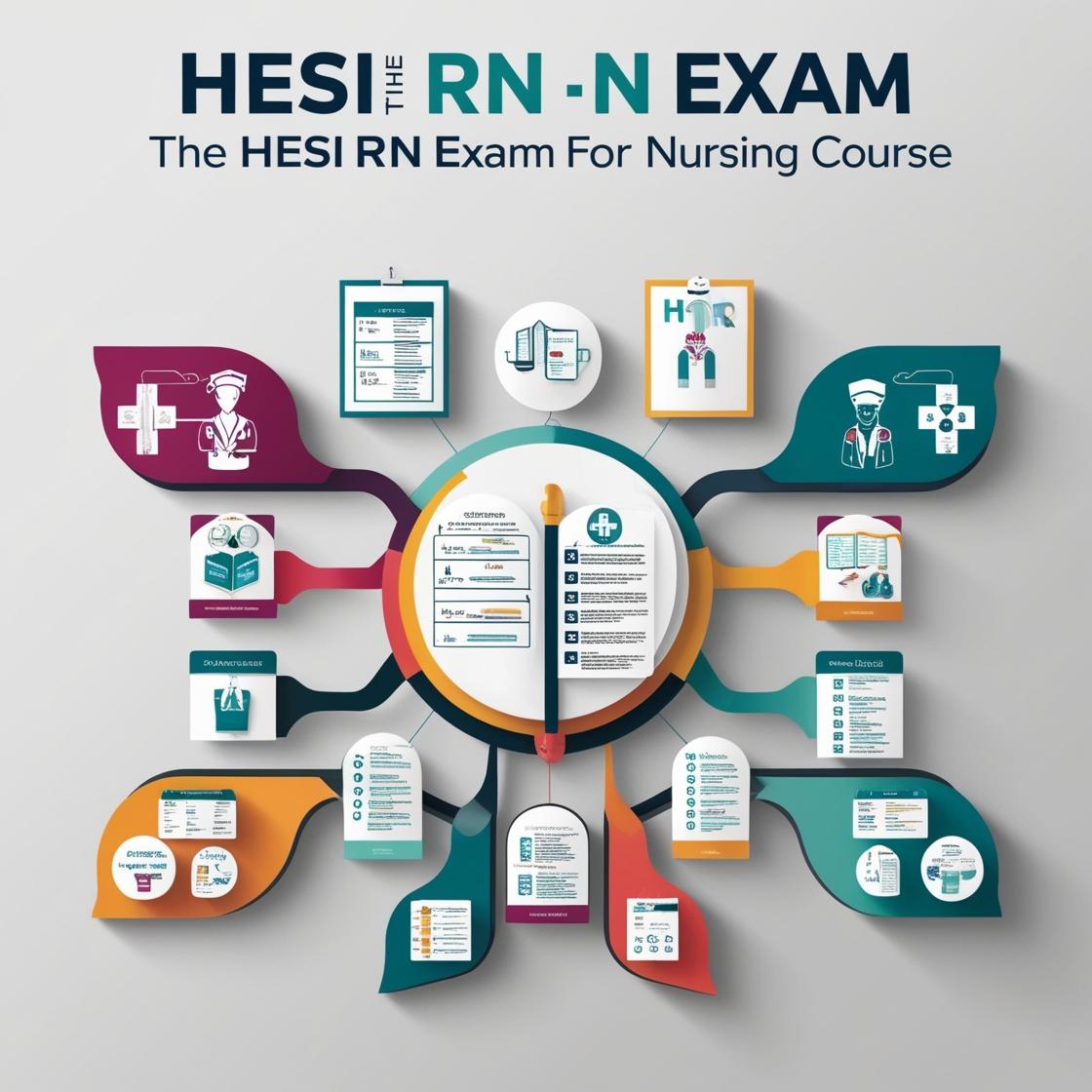HESI RN
HESI Maternity 55 Questions Quizlet
1. In planning care for a client at 30-weeks gestation experiencing preterm labor, what maternal prescription is most important in preventing this fetus from developing respiratory syndrome?
- A. Betamethasone (Celestone) 12mg deep IM.
- B. Butorphanol 1mg IV push q2h PRN pain.
- C. Ampicillin 1g IV push q8h.
- D. Terbutaline (Brethine) 0.25mg subcutaneously q15 minutes x3.
Correct answer: A
Rationale: The administration of Betamethasone (Celestone) is crucial in cases of preterm labor to promote fetal lung maturation and reduce the risk of respiratory distress syndrome in the newborn. Betamethasone helps enhance the production of surfactant in the fetal lungs, improving their functionality and decreasing the likelihood of respiratory complications upon birth. Butorphanol is an analgesic and not indicated for preventing respiratory syndrome in preterm infants. Ampicillin is an antibiotic used for infection prevention and treatment, not for fetal lung maturation. Terbutaline is a tocolytic agent used to inhibit contractions, but it does not have a direct effect on fetal lung maturity.
2. A 16-year-old gravida 1, para 0 client has just been admitted to the hospital with a diagnosis of eclampsia. She is not presently convulsing. Which intervention should the nurse plan to include in the client's nursing care plan?
- A. Assess temperature every hour.
- B. Allow liberal family visitation.
- C. Monitor blood pressure, pulse, and respirations every 4 hours.
- D. Keep an airway at the bedside.
Correct answer: D
Rationale: In the case of eclampsia, the priority intervention is to keep an airway at the bedside. Eclampsia is associated with a high risk of convulsions, and having an airway readily available is crucial for prompt intervention in the event of seizures. Assessing temperature, allowing family visitation, and monitoring vital signs are important aspects of care but ensuring airway patency takes precedence in this situation to manage potential complications and ensure the client's safety.
3. Which intervention is most helpful in relieving postpartum uterine contractions or 'afterpains'?
- A. Lying prone with a pillow on the abdomen.
- B. Using a breast pump.
- C. Massaging the abdomen.
- D. Giving oxytocic medications.
Correct answer: A
Rationale: Lying prone with a pillow on the abdomen is the most helpful intervention in relieving postpartum uterine contractions or 'afterpains.' This position provides counter-pressure and support to the uterus, helping to alleviate discomfort and promote uterine involution. Choice B, using a breast pump, is not effective in relieving afterpains as it focuses on milk expression. Massaging the abdomen (Choice C) may help with discomfort but does not provide the same level of support as lying prone with a pillow. Giving oxytocic medications (Choice D) is not typically the first-line intervention for afterpains unless there are specific medical indications.
4. During a prenatal visit, the LPN/LVN discusses with a client the effects of smoking on the fetus. When compared with nonsmokers, mothers who smoke during pregnancy tend to produce infants who have
- A. lower Apgar scores.
- B. lower birth weights.
- C. respiratory distress.
- D. a higher rate of congenital anomalies.
Correct answer: B
Rationale: When mothers smoke during pregnancy, it is associated with intrauterine growth restriction, which leads to lower birth weights in infants. Maternal smoking can restrict the flow of oxygen and nutrients to the fetus, affecting its growth and development. This can result in babies being born with lower birth weights, which can have various health implications for the newborn. Choices A, C, and D are incorrect as smoking during pregnancy is primarily linked to intrauterine growth restriction and lower birth weights in infants, rather than lower Apgar scores, respiratory distress, or a higher rate of congenital anomalies.
5. Using Nägele's rule, what is the estimated date of delivery for a pregnant client who reports that the first day of her last menstrual period was August 2, 2006?
- A. April 25, 2007.
- B. May 9, 2007.
- C. May 29, 2007.
- D. June 2, 2007.
Correct answer: B
Rationale: Nägele's rule is used to estimate the date of delivery. It involves adding 7 days to the first day of the last menstrual period (August 2), which gives August 9. Then, subtracting 3 months from August 9, we arrive at May 9 of the following year as the estimated date of delivery. This makes choice B, 'May 9, 2007,' the correct answer. Choices A, C, and D are incorrect as they do not follow the correct calculation based on Nägele's rule.
Similar Questions

Access More Features
HESI RN Basic
$89/ 30 days
- 50,000 Questions with answers
- All HESI courses Coverage
- 30 days access @ $89
HESI RN Premium
$149.99/ 90 days
- 50,000 Questions with answers
- All HESI courses Coverage
- 30 days access @ $149.99
